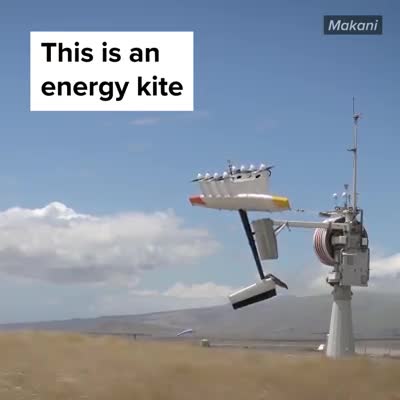Aug 31, 2020
New Zealand startup eyes global wireless electrical grid
Posted by Shailesh Prasad in category: energy
A startup energy company in New Zealand believes it can power the world with a wireless electric transmission system that can bring power to hard-to-reach areas and do so at lower cost than with traditional power lines.
The startup, Emrod, has teamed up with a leading power supply company to test power transmission using a series of antennas. The only limiting factor is the antennas must be within line of sight with each other.
The system consists of a power source, a transmitting antenna, multiple relay stations, and a receiving antenna, often referred to as a “rectenna.”


















